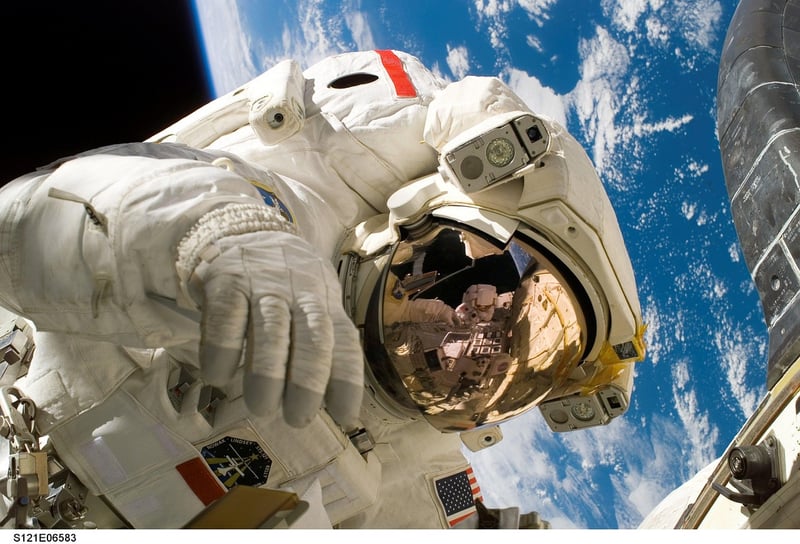EVA Techniques
Preparing for Space Missions and EVA Techniques
Space missions are complex endeavors that require meticulous planning and preparation to ensure the safety and success of astronauts. In addition to mastering the technical aspects of spacecraft operation, astronauts also need to be well-versed in extravehicular activity (EVA) techniques for tasks outside the spacecraft.
Training for Space Missions
Before embarking on a space mission, astronauts undergo extensive training to simulate the conditions they will encounter in space. This training includes:
- Learning spacecraft systems and operation
- Physical fitness and endurance training
- Zero-gravity simulation exercises
- Emergency response drills
- Team building and communication exercises
Extravehicular Activity (EVA) Techniques
During spacewalks or EVAs, astronauts leave the confines of the spacecraft to perform tasks such as repairs, experiments, or assembly. To conduct successful EVAs, astronauts must be proficient in the following techniques:
- Safely exiting and re-entering the spacecraft
- Moving and navigating in microgravity
- Handling tools and equipment in the vacuum of space
- Communicating effectively with Mission Control and fellow astronauts
- Performing tasks while wearing a spacesuit
Image of Astronaut Training

Conclusion
Space missions are a testament to human ingenuity and exploration. By mastering the intricacies of spacecraft operation and EVA techniques, astronauts can venture beyond Earth's atmosphere to conduct groundbreaking research and expand our understanding of the universe.
Remember, the next time you look up at the night sky, there may be astronauts preparing for their next space mission, equipped with the skills and knowledge to navigate the vast expanse of space.
